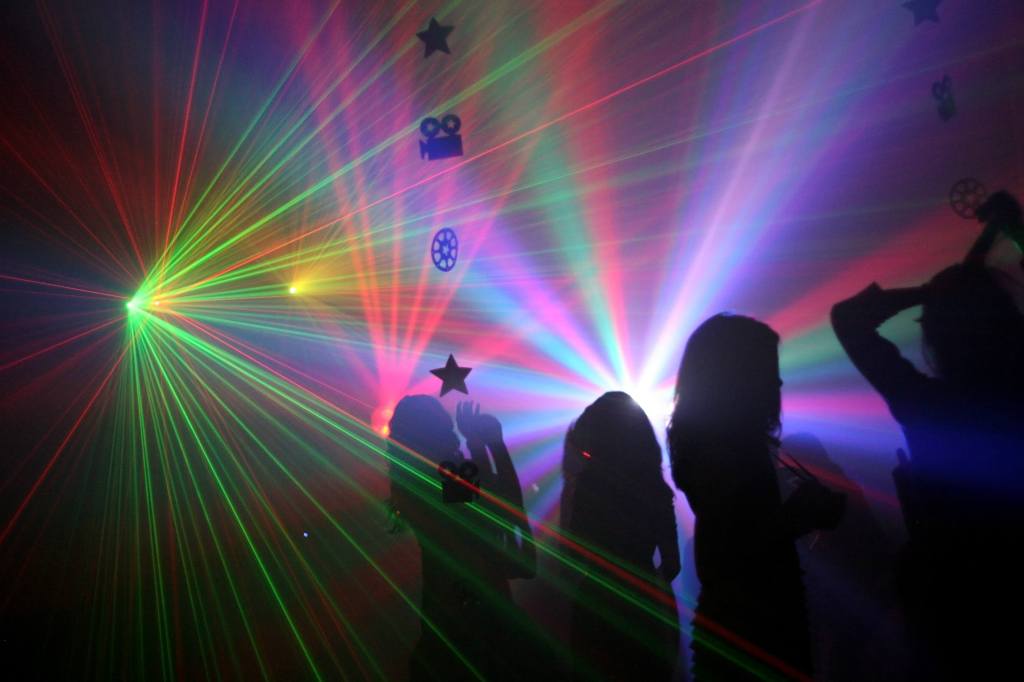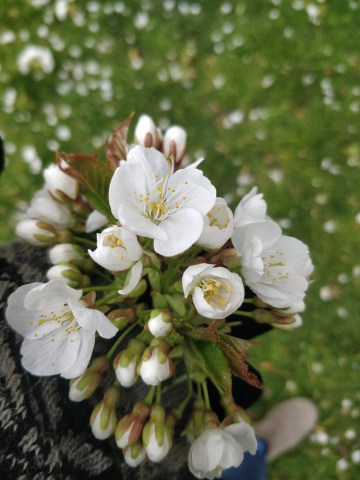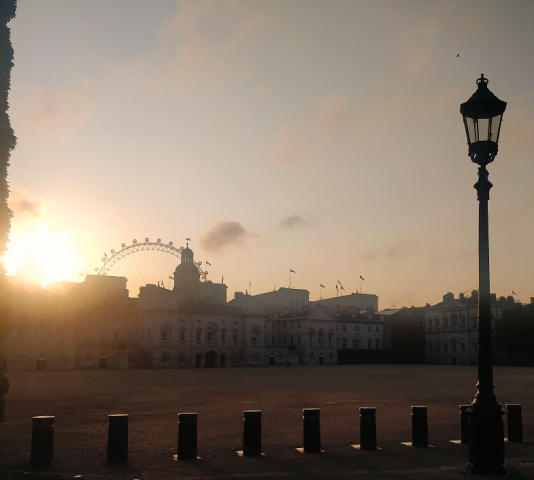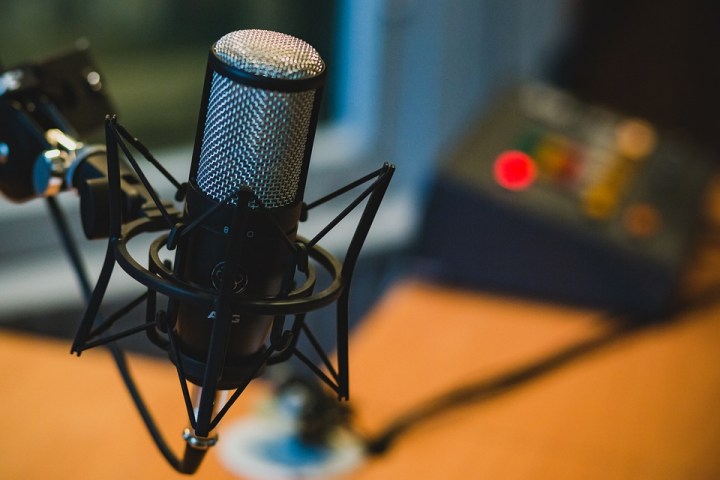Satisfied Against Adversity

I wish I didn’t have to say this, but a lot of the time, anywhere between 30-80% of a lighting designer’s job is a battle against adversity. On massive productions this may not be the case so much, but on your standard fringe-ish show, an LD may have all the vision in the world, but it doesn’t count for piss when you’ve only got six hours and three parcans with which to realise it.
Firstly, at the junior end of the spectrum where I’m working, LDs aren’t paid much. Given the hours we’ll work, we’re usually paid a long way below national minimum. This sounds like an aside, artistically speaking, but the very real knock-on effect is that we have to work elsewhere to supplement our income, or on multiple shows (or, in my case, on books!) which means we simply aren’t able to give as much time to a show as perhaps we’d like. Dear god if we were paid more, we’d be there more, we’d be able to afford to be there more, but as it is the motto of most LDs is ‘sorry, got a meeting, gotta go’ and it’s almost invariably true, and almost invariably necessary for us to continue to eat.
As a result, we can miss things. Details in rehearsals, last-minute changes, all stuff which we should have seen, but miss, because we’re simply not there.
Then there’s the perpetual communication problem. LDs tend to be a department of one. If we’re lucky, we’ll have a support team of electricians and riggers who’ll understand what we’re talking about, but in terms of the rest of the show, the LD is the only voice that has much to say about lighting, and carries the entire responsibility for how it’s going to work. A sad side-effect of this being that other departments don’t necessarily know about, or understand the needs of lighting, and those needs can tend to get pushed down the pecking order. Which isn’t a problem necessarily… I always tell my set designers and directors to do what they want to do and I’ll work round it to make stuff happen, and this seems right and sensible as my rig is a moveable feast, whereas the set and text isn’t so much. However, it does become a problem when trying to explain why a very specific lighting effect they want, will need a very specific set of circumstances to achieve – very fast things get very technical, and the room glazes over with a look of ‘oh god the LD is saying something about cable just nod and smile, nod and smile…’ and you don’t really get anywhere.
Physical problems stand in your way.
How many times have I been forced to move lighting positions because of a rogue speaker stack that I wasn’t aware of, or because a bar has been moved from its position on my lighting plan, or because a bit of set gets moved back 30cm at fit up? How many times have I had to juggle some very basic design decisions on the fly because a bit of truss is 50cm shorter than it should have been, or the unit I wanted to rig has a dodgy reflector and there’s no spares? Answer: too many times. Lighting is surprisingly physical. Rigging lamps is heavy, knackering work, best done with as many skilled people as possible, and an emphasis must be put upon skilled here. You don’t need much training to paint something black, or help carry boxes around. You need a lot to fault-find even the simplest broken lighting circuit, simply because the range of exciting and tricky things that could be wrong with it is extensive.
Once the set is built, a whole different range of problems emerge. The lamps which you rigged easily enough when the stage was clear, become suddenly inaccessible now there’s a mass of scenery in place, and you find yourself engaged in complicated maneuvers with ladders and uncomfortable, reckless climbing positions as you try to get a grip on the lamp itself to point it in the right direction.
Then there’s the biggest stinker of all – time. Time is an absolute killer of lighting designs. Say you’re designing for a theatre that has 150+ dimmers and +200 lights to rig. ‘Fantastic!’ you think. ‘I can do some really good stuff with all this equipment!’ Alas, hope fast fades, as you receive an email from your production manager stating that you have only one day – twelve hours – in which to get all the lights rigged and focused, before technical rehearsals commence the following morning, and your crew is three people including yourself.
Immediately you have to start killing ideas. There simply won’t be time to rig 200 units. So farewell your steep warm sidelight, bye-bye your pipe-end parcans, so long specials as you start slashing at your ambitions. Similar problems of time will also effect set, but with two key differences: 1. a set can be built in advance 2. if the set isn’t quite perfect for technical rehearsal, it can be tweaked and adapted as the rehearsals roll by. Whereas lighting cannot be rigged until fit-up, and it has to be focused and ready to go by technical rehearsal otherwise you’re not going to do an accurate tech. Under these circumstances, lighting feels the pinch massively, and your rig starts shifting away from your artistic dreams and towards a more workmanly thing full of contingencies and backup plans for when stuff goes wrong.
Time also destroys lighting’s ability to work well during a technical rehearsal. A technical rehearsal, for civilians reading this, is the period of time where the actors (who’ve had 4-8 weeks to rehearse) are finally plonked, on stage, in costume, with props, in front of the set, and the sound, stage and lighting departments put all their plans together as we work through the show to make everything work as a whole, instead of in parts. From a lighting point of view, this means running cues – building and adapting changing states throughout the show. If you’re lucky, you’ll have had time to plot (design and store, basically) a few states beforehand. If not, you’re going to have to design as you go. This is fine, really – stressful, but fine – because seeing actors in the space and watching what they do allows you to create a far more appropriate and lovely lighting state than you could do with just a bare stage and a bit of imagination. Technical rehearsals are vital for lighting designers – and yet something which also often gets time stolen from it.
Sometimes time is eaten up because of sheer financial concerns. Every day that a theatre isn’t selling tickets it loses money, and this creates a massive pressure on a team to get their show opened as fast as possible. Sometimes the pressure comes from directors, determined to give their cast as much dress rehearsal time as possible. Which is fine – dress rehearsals are good – but actually at dress rehearsal stage the best a lighting designer can do is adjust and adapt the design, rather than design something thoughtful and precise. What this practically means is that, if we’ve rushed through tech with some okay-but-not-great lighting states, then at dress rehearsal the best you can realistically hope for is to get them to okay lighting states, not great states. Beautiful lighting takes a bit of time, with cast on stage doing what they’d do, for you to light them.
Finally, if something goes wrong with another department – the set isn’t quite right, or choreography doesn’t quite work – then a technical rehearsal can stall. I have spent hours of my life teching the first four or five minutes of a show, clinging to my desk in a fume of impatience, knowing full well that the hours we are spending on these three cues, trying to make them perfect, are hours that I won’t be able to spend later perfecting lighting for the rest of the show.
As an LD you do everything you can to work round this. You plot ahead; you plan, you prep, you build layers of contingency in your mind, your tie your ideas to not one thing but to half a dozen ways of making a design happen. You invest emotion, sure, in making a good design, but above all stay calm and adaptable. I’ve done… probably over thirty professional designs now, so far, (excluding rock and roll gigs, which is a totally different barrel of stress) and in not one, not a single one, can I remember thinking ‘this is easy’. From thousand-seater theatres to the back rooms of pubs, in every single one there’s been something to battle and cajole, and massive pressure from every quarter. Which is fine – LDs who can’t handle pressure and things going wrong tend not to make for good LDs! And LDs who don’t expect it are geared up to be constantly surprised.





